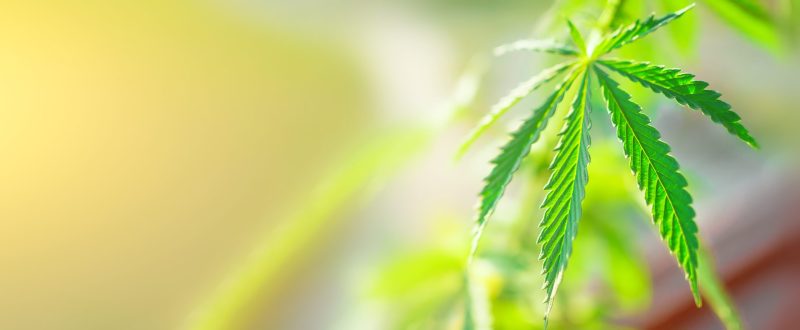The realm of cannabis and its derivatives is vast and complex. For the uninitiated, navigating the lingo and acronyms often feels like wading through murky waters. One crucial distinction that’s more than just a spelling variation is THCA vs. THC.
Deepening your knowledge about these compounds, such as learning how to distinguish the difference in THCA vs. THC percentage can profoundly impact your cannabis experience, whether you’re seeking therapeutic benefits or indulging recreationally.
What Is THCA?
THCA is the acidic precursor to THC, meaning it converts to THC with heat application, also known as decarboxylation.
In its initial form, THCA is famed for its anti-inflammatory and neuroprotective properties. It’s also believed to possess anti-proliferative effects, which means it may slow or inhibit the growth of certain cancer cells.
What Is THC?
THC, or tetrahydrocannabinol, is likely the most famous cannabinoid, primarily due to its psychoactive effects. When cannabis is consumed through smoking, vaporization, or cooking, the THCA undergoes decarboxylation, turning into THC and effectively ‘activating’ its potential to provide the high associated with marijuana use.
Beyond the buzz, THC contributes to many of the plant’s therapeutic effects, such as pain relief, appetite stimulation, and treatment for conditions such as PTSD and depression.
Contrasting Characteristics and Effects
THCA is said to be a powerful anti-inflammatory and neuroprotective agent. Research has shown it may also play a role in managing nausea and acting as an antiproliferative. However, as a non-psychoactive compound, THCA vs. THC does not produce the euphoric ‘high’ that THC does.
THC, on the other hand, provides a range of effects, both psychoactive and therapeutic. It affects a variety of systems in the body, particularly the endocannabinoid system (ECS), to produce its well-documented sensations.
How Each Compound Is Consumed
THCA is typically consumed via raw cannabis ingestion. This method includes juicing the plant or using it in smoothies to access THCA’s benefits without decarboxylation.
Decarboxylation is necessary to experience THC’s effects, which is why common methods of consumption involve heating the cannabis. Smoking or vaping the flowers, oils, or concentrates is the quickest way to feel the effects, as is cooking with cannabis.

